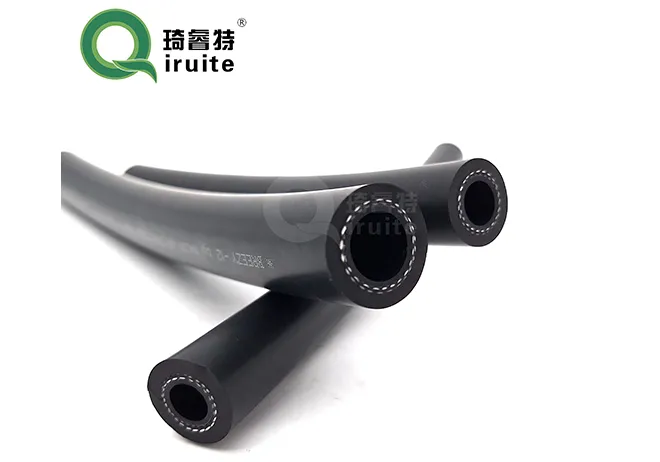fire pipe coupling
Understanding Fire Pipe Couplings An Essential Component for Fire Safety
Fire safety is a critical aspect of modern infrastructure, and the components used in firefighting systems play an essential role in ensuring that safety measures are effective. One such component is the fire pipe coupling, a crucial element that connects pipes in fire protection systems. This article will delve into what fire pipe couplings are, their types, and their importance in maintaining fire safety.
What is a Fire Pipe Coupling?
A fire pipe coupling is a fitting used to connect two sections of piping within a fire protection system. These couplings are designed to provide a secure and leak-proof connection, ensuring that water flows unobstructed through the fire suppression system. Fire pipe couplings can be found in various configurations and materials, depending on the specific requirements of the fire protection system.
Types of Fire Pipe Couplings
Fire pipe couplings come in several types, each serving a specific function
1. Slip-On Couplings These are simple fittings that slide over the ends of pipes and are secured in place with bolts or welding. They are easy to install and are commonly used in less demanding applications.
2. Threaded Couplings These couplings feature internal threads that allow them to screw onto the ends of pipes. They provide a tight seal and are often used in smaller diameter pipes where space is limited.
3. Flange Couplings Flanged couplings consist of two flat flanges with a gasket in between, allowing for easy assembly and disassembly. They are ideal for larger pipes and high-pressure applications.
4. Cam and Groove Couplings These are quick-connect fittings that allow for rapid assembly and disassembly, making them ideal for temporary connections or applications requiring frequent maintenance.
fire pipe coupling

5. Victaulic Couplings This type of coupling uses a groove system to connect pipes, providing flexibility and ease of installation. Victaulic couplings are often used in large-scale fire protection systems, such as those found in commercial buildings.
Importance of Fire Pipe Couplings
The significance of fire pipe couplings extends beyond mere connection; they are vital for the reliability and efficiency of fire suppression systems. Here are some reasons why they are essential
1. Leak Prevention Properly installed couplings prevent leaks that could compromise the effectiveness of the firefighting system. A leak can lead to reduced water pressure, impeding the system’s ability to deliver water where it’s needed most during a fire.
2. System Integrity Fire pipe couplings maintain the structural integrity of the piping system. A break or failure at a coupling point can result in system malfunctions, potentially leading to catastrophic outcomes.
3. Ease of Maintenance Many types of fire pipe couplings allow for easy maintenance and repairs. In situations where pipes need to be replaced or modified, having couplings that facilitate quick disconnects can save time and costs.
4. Versatility With various types of couplings available, fire protection systems can be customized to suit specific needs, ensuring that every installation meets local fire codes and safety standards.
5. Durability Fire pipe couplings are made from high-quality materials such as stainless steel, bronze, and PVC, which can withstand the corrosive effects of water and other elements. This durability ensures longevity and reliability.
Conclusion
Fire pipe couplings play a pivotal role in the realm of fire protection systems, ensuring that water can be delivered effectively to extinguish fires. Understanding their types and functions is crucial for anyone involved in designing, installing, or maintaining firefighting systems. As fire safety regulations evolve, the importance of high-quality fire pipe couplings will only continue to grow, safeguarding lives and properties against fire hazards. In conclusion, investing in reliable fire pipe couplings is an investment in safety, ensuring that firefighting efforts can be both efficient and effective.
-
Reliable Brake Line Solutions for Your VehicleNewsJun.05,2025
-
Quick Fix for Leaky Air Conditioning HosesNewsJun.05,2025
-
Powerful Sewer Jetting Solutions for Tough ClogsNewsJun.05,2025
-
Power Steering Hose Problems SolvedNewsJun.05,2025
-
Hose Protectors That Actually WorkNewsJun.05,2025
-
Essential Hose Connectors for Every HomeNewsJun.05,2025

